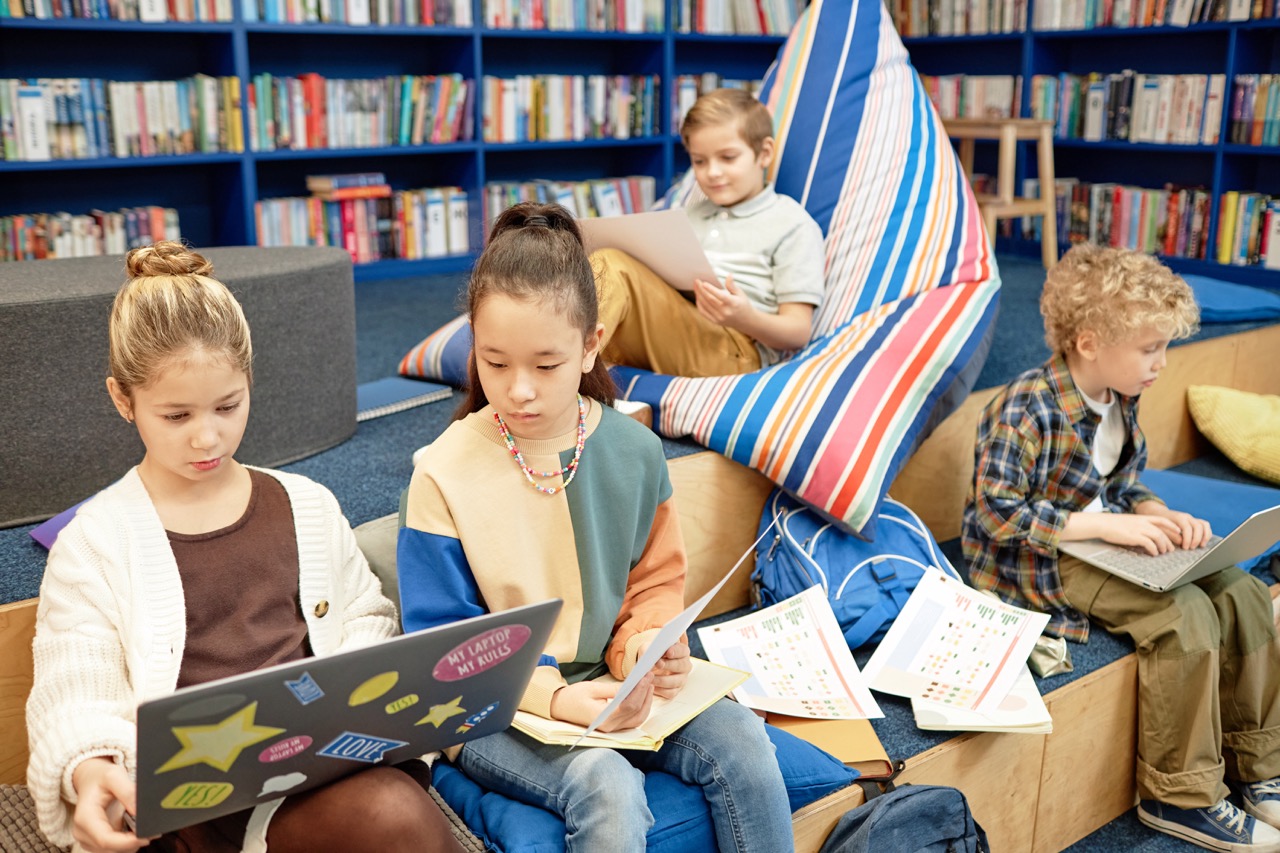Creating a picture book at home is not only a delightful way to express your creativity but also a meaningful family activity that encourages literacy and imagination. This DIY project allows you to engage with children in a hands-on experience, fostering a love for storytelling while developing their artistic skills. Whether you’re an aspiring author or an enthusiastic parent looking for a fun activity, making a picture book together can become a cherished memory.
Discover the Joy of Making Your Own Picture Book
Crafting a picture book at home serves as a wonderful opportunity to explore storytelling in a personal way. Each page can be tailored to reflect your unique ideas, characters, and themes that resonate with your family’s experiences. This process can deepen your connection to literature and art while opening avenues for discussion about narrative structure, character development, and the importance of illustrations.
Furthermore, creating a picture book can encourage a child’s literacy skills in an engaging manner. As they narrate their thoughts and ideas, they practice vocabulary and sentence structure. The excitement of seeing their stories come to life on paper helps instill confidence and a desire to read. Each step in the process—from brainstorming to illustrating—becomes an educational journey that builds a foundation for lifelong learning.
Finally, the act of crafting together can strengthen bonds between family members. Collaborating on a project fosters teamwork and communication skills. It is an opportunity for individuals to express their feelings, share ideas, and work through challenges together, cultivating a supportive environment that enhances family dynamics and nurtures creativity.
Gather Your Materials for a Fun DIY Project
Before diving into the world of picture book creation, it’s essential to gather the right materials. Start with basic supplies such as paper, crayons, markers, colored pencils, and perhaps some watercolor paints to add vibrancy to your illustrations. Consider using heavier cardstock for durability, especially if you want your book to withstand the test of time. A variety of materials will encourage experimentation and make the creative process even more enjoyable.
In addition to art supplies, you might also want to incorporate some digital tools. If you have access to a computer or tablet, programs like Canva or Adobe Spark can help you design and layout your pages more professionally. Utilizing technology can expand the creative possibilities, allowing for the inclusion of photographs, scanned illustrations, or even digital art elements that can enhance your story.
Don’t forget about the finishing touches! Collect items for binding your book, such as ribbons, staples, or even a three-ring binder. This aspect can be an exciting part of the project, as you decide how to bring your pages together into a cohesive book. The more variety in your materials, the more options you’ll have to express your creative vision.
Brainstorming Story Ideas: Let Your Imagination Soar
Once you have your materials ready, it’s time to brainstorm story ideas. Encourage everyone involved to think freely and share their imaginative concepts without judgment. You may want to set a theme—like adventure, friendship, or nature—or simply let your creativity flow. Encourage children to think about their favorite experiences, dreams, and even fears, which can all form the basis for compelling stories.
Utilizing prompts can also help spark creativity. Ask questions like, “What would happen if animals could talk?” or “What adventure would you like to go on?” Another effective method is to use image cards or story dice, where each roll or draw prompts a new character or setting. This approach can inspire unexpected twists and turns in the narrative, leading to a more dynamic and engaging story.
Once ideas begin to take shape, create an outline to organize the events of your story. This structure is especially helpful for younger children, providing a clear beginning, middle, and end. Emphasize that there’s no right or wrong way to tell a story—encouraging personal expression will result in a picture book that is truly unique and meaningful.
Step-by-Step Guide to Illustrating Your Book
With your story ideas in place, it’s time to illustrate your book. Start by sketching rough drafts of each page based on the outline you created. Encourage children to visualize the scenes and characters, reminding them that illustrations don’t need to be perfect; the focus should be on expressing their imagination and emotions. This is a time to explore different styles and techniques, so give them the freedom to experiment with colors and materials.
Once the rough sketches are complete, create the final illustrations. You can use various techniques, from simple crayon drawings to more advanced methods like watercolors or collage. Encourage creativity by suggesting they incorporate textures or mixed media for a more dynamic visual effect. Remember, the illustrations should complement the narrative, enhancing the storytelling experience for readers.
As they illustrate, ask open-ended questions about their choices—like why they chose certain colors or how the characters feel in each scene. This dialogue not only fosters critical thinking but reinforces the connection between images and storytelling. Celebrating their artistic choices will build their confidence and inspire them to delve deeper into the creative process.
Tips for Binding and Finishing Your DIY Picture Book
Once your illustrations are complete, it’s time to bind your picture book. There are several methods you can use, depending on the materials available and the desired look of your book. For a simple approach, consider using a three-ring binder, which allows for easy page turning and the option to add or rearrange pages later. Alternatively, you can stack the pages and use a hole punch and ribbon for a more handcrafted feel.
If you’re aiming for a sturdier book, consider a stapled spine. Align your pages, and staple along the edge. To give it a polished finish, create a cover page that includes the title and author. This can be an illustration or a collage, adding a personal touch to the final product. Remember, the binding method you choose can reflect the story’s tone, whether whimsical, adventurous, or classic.
Finally, take time to review the finished product together. Ensure that all pages are in order and that the illustrations align with the narrative. This final check is a great opportunity to discuss the story’s themes and what they’ve learned through the process. Celebrate your hard work, as this book is not just a collection of pages but a labor of love that showcases creativity and imagination.
Sharing Your Creation: The Joy of Reading Together
With your DIY picture book complete, it’s time to share your creation! Set aside a special time for a reading session, inviting family members or friends to gather around. The excitement of sharing your story aloud can be an unforgettable experience, transforming your hard work into a cherished memory. Make it a family tradition to read together, highlighting the importance of storytelling and the joy of literature.
Encourage the young author to read their story with expression, using different voices for characters or emphasizing key moments in the narrative. This interactive sharing can boost their confidence and public speaking skills while also helping them to connect with their audience. Parents and caregivers can take turns reading, allowing for a collaborative experience that deepens bonds and encourages enthusiasm for reading.
Finally, consider creating an event where you can share your book with a broader audience, such as a neighborhood gathering or a family get-together. You might even feel inspired to create more stories, continuing the joy of writing and illustrating together. Ultimately, sharing your creation not only celebrates your effort but also instills a love for reading in the entire family.
Creating a DIY picture book at home is a rewarding experience that blends creativity, learning, and bonding. Through this project, children gain valuable skills in writing and art while building confidence in their abilities. The process of storytelling can ignite a passion for literature that lasts a lifetime. As you share your finished work, remember that the journey of creating together is what truly matters, fostering a love for stories that can be passed down through generations. So gather your materials, unleash your imagination, and embark on a storytelling adventure together!










